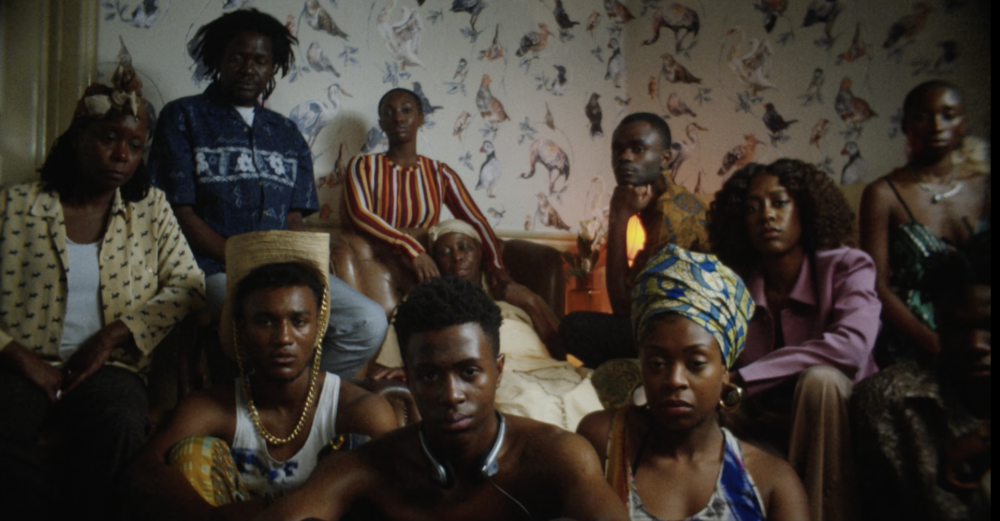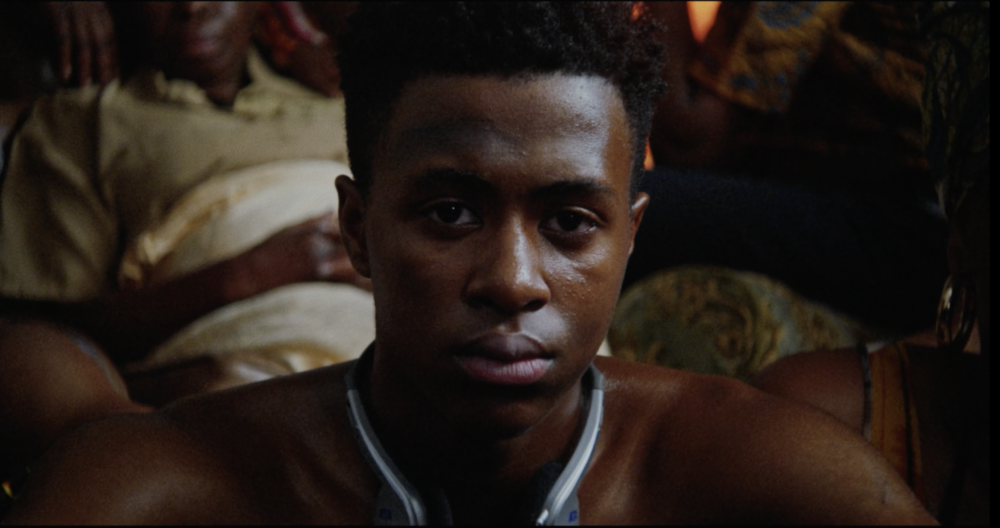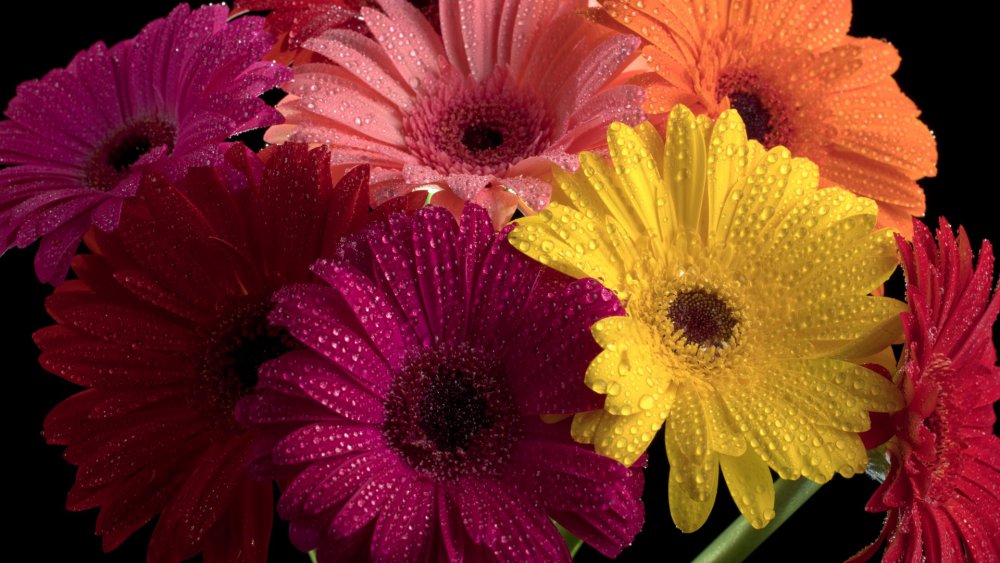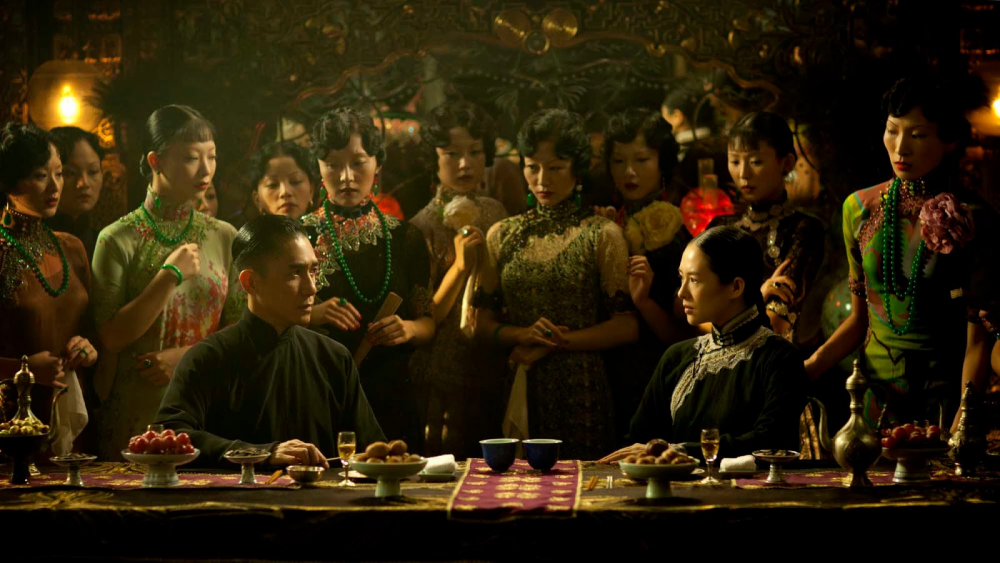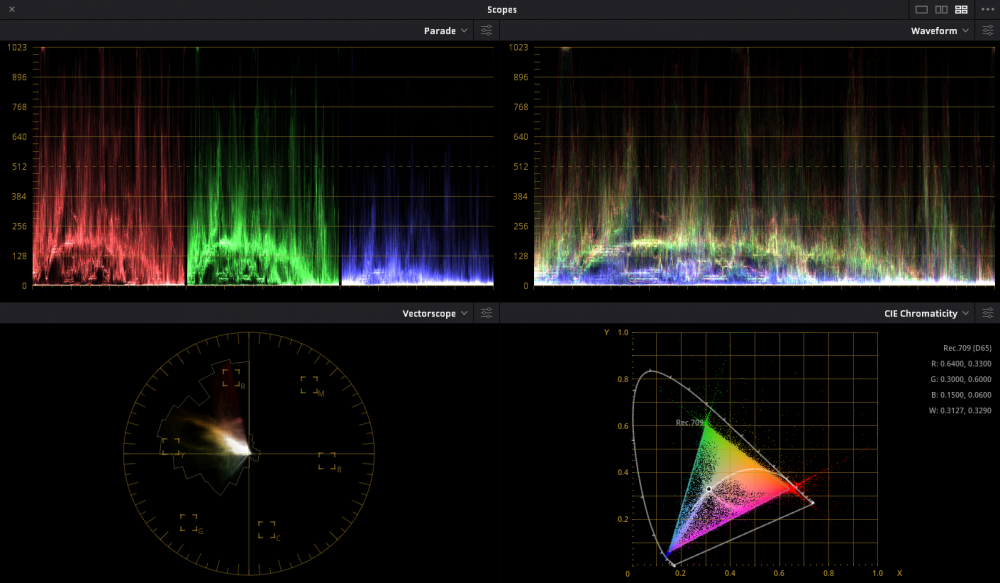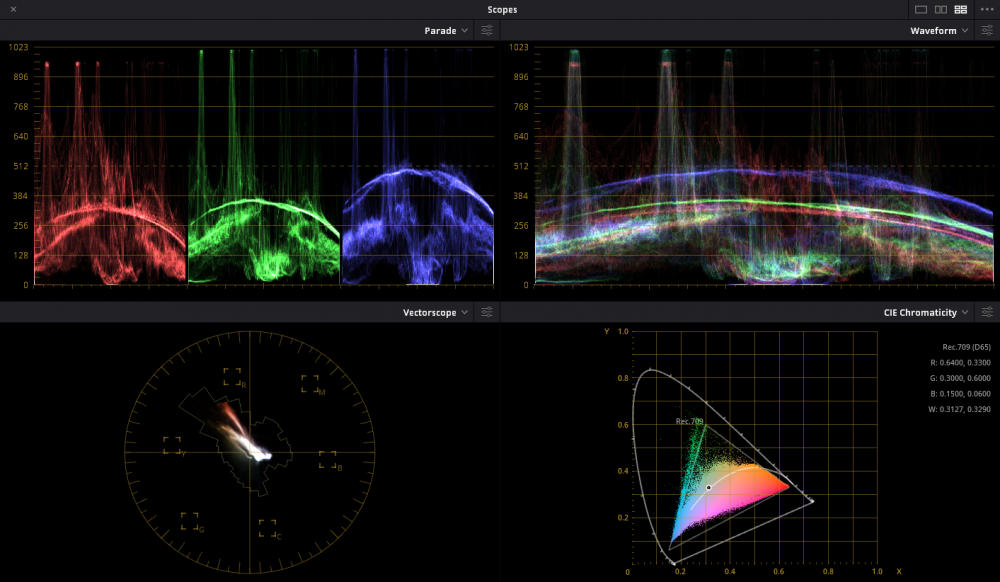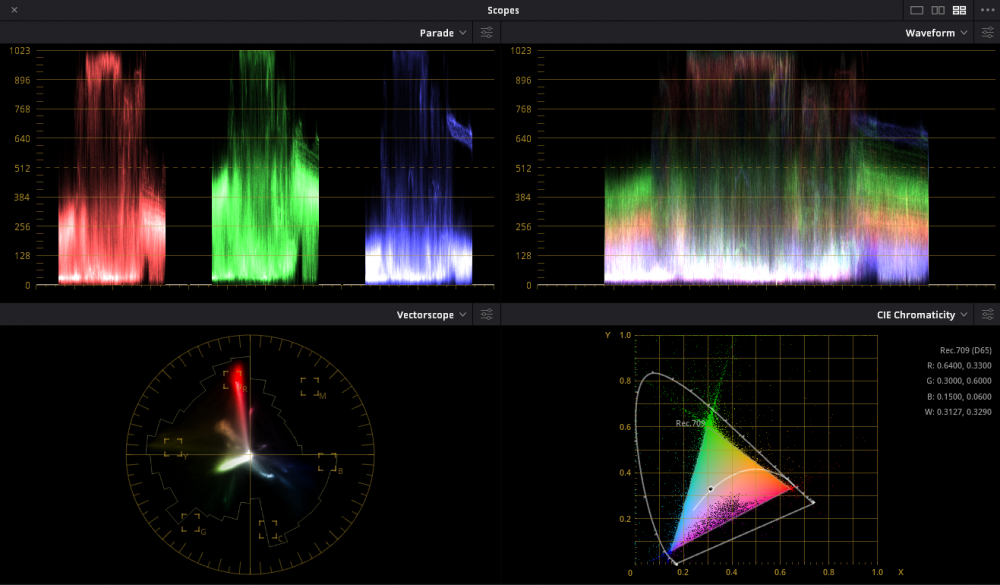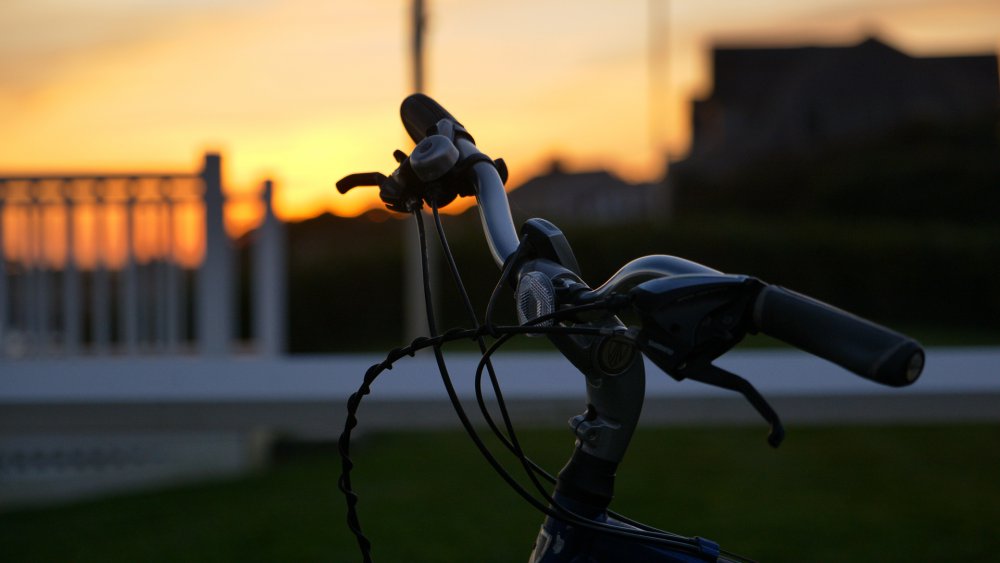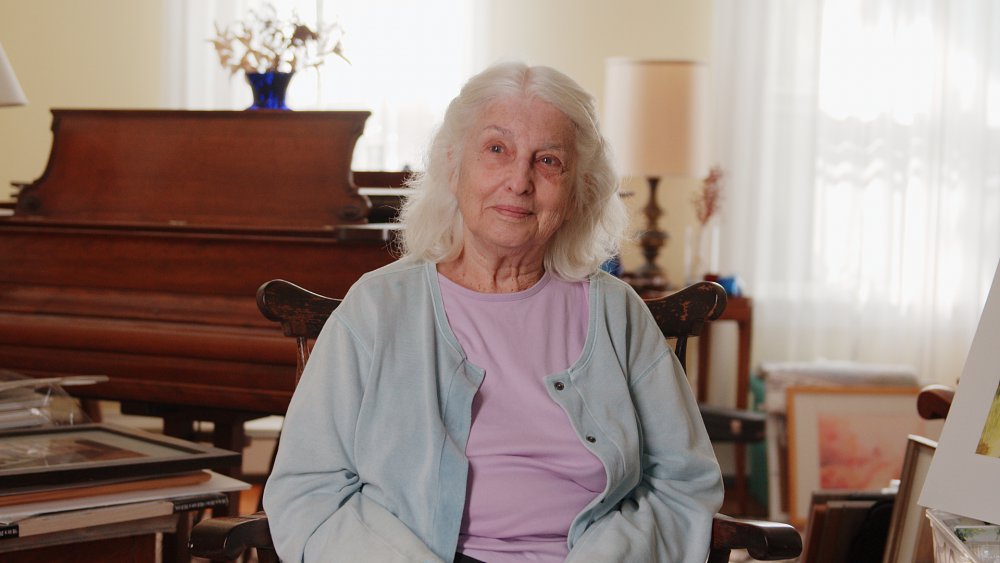Leaderboard
Popular Content
Showing content with the highest reputation on 10/19/2020 in all areas
-
I’m *cough* intrigued to see what it is you are *cough* offering whenever that time comes @BTM_Pix 😀2 points
-
I think the light and amount of contrast of the scene makes a huge difference to the image thickness. When you have a good amount of contrast in your scene with areas of shadow and bright highlights, and your object is well exposed then you can bring the blacks down were they belong and help with the perceived thickness (and also reduce the perceived grain/noise). Were I notice the main difference with cameras that produce thicker images like the digital Bolex is with skin tones and also foliage/leaves/trees etc. Whether it's the tonality/colour gamut/saturation/shadow saturation or all of these when combined with good light they just look more alive. Here is a screen shot from the D16 (not mine) which while compressed to heck look 'thick' and alive to me.2 points
-

The URSA Mini Pro 12K
Juank reacted to Neumann Films for a topic
Is amazing. I love it. Never going back to RED unless I’m forced to by a client. Just thought I would share. The IQ is pristine, colors are great and it’s just a breeze to use. Will post a few stills here in a day or two.1 point -
The first model has been quite useful in my range of equipment... so high hopes this next version delivers something even better.1 point
-
Development Update - AFX Focus Module For PBC
BTM_Pix reacted to MurtlandPhoto for a topic
Very excited about this!!1 point -

New DJI Ronin RS2/RSC2 offer ToF AF function
MurtlandPhoto reacted to BTM_Pix for a topic
<cough> €275 26/10/20 <cough> 😉1 point -
Honestly I'm not going to buy the gimbal for this, just excited to see it because it means at some point the system will be available off of the gimbal setup. DJI should have realized how popular this feature would be and sold it as a separate device for $500. I would buy it in a heartbeat.1 point
-
I'm not a gimbal person, but it's certainly interesting in regard to the future and what is still to come. As a Panasonic user, I'm more interested in the AF side of things 😄1 point
-
Not every camera has to be designed to go on a gimbal..1 point
-
GH5 to Alexa Conversion
jack jin reacted to HockeyFan12 for a topic
Yeah, it's not cheap. Arri also had a similar mode on the Alexa that they discontinued, it was used when the Alexa was to be intercut with film. Anyway, thanks for the info on the cineon mode. Very cool.1 point -
Have only skimmed the thread and the details on this gimbal so far but, my main question: If you're already all rigged up holding a gimbal in your hand and with a gear motor attached to your lens: Why would you not just use a wheel on the gimbal to manually pull focus? Remember the whole point is you're almost certainly already holding it all in your hand. Follow focus add-on motors on the last gen (Ronin S/SC, Weebill S, Moza Aircross 2) all offer totally usable follow focus already. Why even invite the uncertainty of an autofocus system... These gimbals look awesome though and I'm definitely feeling a hint of remorse at having recently bought a Ronin SC that I never even got to take out of the box yet 😅1 point
-

Image thickness / density - help me figure out what it is
KnightsFan reacted to tupp for a topic
To me, the "thickness" of a film image is revealed by a rich, complex color(s). That color is not necessarily saturated nor dark. That "thickness" of film emulsion has nothing to do with lighting nor with what is showing in the image. Certainly, for the thickness to be revealed, there has to be some object in the frame that reflects a complex color. An image of a white wall will not fully utilize the color depth of an imaging system. However, a small, single color swatch within a mostly neutral image can certainly demonstrate "thickness." I don't think that's how it works. Of course, there is also reversal film. Agreed. Digital tends to make skin tones mushy (plastic?) compared to film. Look at the complex skin tones in some of these Kodachrome images. There is a lot going on in those skin tones that would be lost with most digital cameras. In addition, observe the richness and complexity of the colors on the inanimate objects. Yes. Please note that most of the images in the above linked gallery are brightly lit and/or shot during broad daylight. Agreed. I think that the quality that you seek is inherent in film emulsion, and that quality exists regardless of lighting and regardless of the overall brightness/darkness of an image. Because of the extensive color depth and the distinctive color rendering of normal film emulsion, variations in tone are often more apparent with film. Not sure if that should be considered to be more of a gradual transition in chroma/luma or to be just higher "color resolution." Those images are nice, but they seem thinner than the Kodachrome images in the linked gallery above. The image is nicely crafted, but I read that it was shot on Fuji Eterna stock. Nevertheless, to me its colors look "thinner" than those shown in this in this Kodachrome gallery. Great site! Thanks for the link! I disagree. I think that the "thickness" of film is inherent in how emulsion renders color. The cross-lighting in that "Grandmaster" image seems hard and contrasty to me (which can reveal texture more readily than a softer source). I don't see many smooth gradations/chirascuro. Evidently, OP seeks the "thickness" that is inherent in film emulsion, regardless of lighting and contrast. Nice shots! Images from CCD cameras such as the Digital Bolex generally seem to have "thicker" color than their CMOS counterparts. However, even CCD cameras don't seem to have the same level of thickness as many film emulsions. That certainly is a pretty image. Keep in mind that higher resolution begets more color depth in an image. Furthermore, if your image was shot with Blackmagic Ursa Min 12K, that sensor is supposedly RGBW (with perhaps a little too much "W"), which probably yields nicer colors.1 point -
Have you tried filmconvert nitrate? The cineon log conversion has spot on colors and contrast, it's their normal emulation laced with their heavy print film colors that looks crap.1 point
-

Need help figuring out the camera setup in this video
Trek of Joy reacted to kye for a topic
I'd suggest using multiple layers of stabilisation. As has been said before, gimbals are great but lose the horizon over time and cornering, and the super-duper-stabilistation modes on the GoPro and Osmo Action etc will also lose the horizon if kept out of level for some time (which is inevitable considering that roads are sloped to drain water away and corner nicely). Due to these factors, I'd suggest a very solid mount (to eliminate wind buffering) combined with a very short shutter speed (to eliminate exposure blurs and RS wobbles from bumps) combined with in-camera floaty-smooth modes combined with stabilisation in post.1 point -
Need help figuring out the camera setup in this video
Trek of Joy reacted to leslie for a topic
after my reply i thought about the wind buffeting also. i live in a high wind corridor pretty much right on the edge of the great dividing range. I have to go into town later i'll take the gopro and perform some rather unscientific tests. I think there's some grounds here for some collaboration and group therapy 🙂1 point -
GH5 to Alexa Conversion
Sage reacted to HockeyFan12 for a topic
Will the S1 power grades work for EVA1 and Varicam? Also is it possible to make these transforms into LUTs? Can't you export a power grade as .cube? Would it be possible to do a more accurate "film look" this way? I don't understand why FilmConvert doesn't really look that good to me, but the Brim does a pretty good job to my eyes and Arri originally had a special Log C setting meant to emulate film scans. It was problematic and they discontinued it, but the colors were a perfect math to 5219 I think. Log C now has its own look, a bit more like reversal than color negative imo.1 point -
Need help figuring out the camera setup in this video
Trek of Joy reacted to Mark Romero 2 for a topic
Can you put a gopro on a separate gimbal and mount the whole thing on the car? I just don't understand how a camera mounted on the hood of a car won't be affected by vibration from the engine, and more importantly, by wind buffeting.1 point -
Image thickness / density - help me figure out what it is
tupp reacted to KnightsFan for a topic
1 point -
Development Update - AFX Focus Module For PBC
filmmakereu reacted to shooter for a topic
Twice the price then? I'd be happy with something between €100 and €150 as less as possible. Is it doable?1 point -
Development Update - AFX Focus Module For PBC
filmmakereu reacted to shooter for a topic
How much more will such additional module be?1 point -
Panasonic S5 User Experience
Towd reacted to herein2020 for a topic
@MrSMW @elgabogomez I stick to the 180 degree rule most of the time especially outdoors. To my eyes if you are filming pretty much anything with a lot of motion in the image it looks almost like the image is stuttering when the shutter speed is too high. Where I do ignore it however is on the opposite end. With the GH5 I did everything possible to not go over ISO 1600...so if the lens was wide open and it still wasn't enough light I would try dropping the shutter speed to match the frame rate to get a tiny bit more light before having to increase the ISO. This trick worked for me quite a few times. I also ignore it for drone work. With the wide lenses of the drones and high up in the air nothing is moving fast enough to make it obvious that the motion blur does not match. Maybe the delay is switching between the C modes. When I switch from Photography to Video even if the video frame rate is set to 60FPS there is no delay. I don't use the C modes though. Or it could be one of the other settings that causes a delay like auto ISO or auto shutter. All of my settings for both Photo and Video are manual so maybe with auto it calculates the proper values prior to showing you the new setup.1 point -
Image thickness / density - help me figure out what it is
tupp reacted to KnightsFan for a topic
Yes, I think the glow helps a lot to soften those highlights and make them dreamier rather than sharp and pointy and make it more 3D in this instance where the highlights are in the extreme background (like you said, almost like mist between subject and background). I agree, the relation between the subject and the other colors is critical and you can't really change that with different sensors or color correction. That's why I say it's mainly about what's in the scene. Furthermore, if your objects in frame don't have subtle variation you can't really add that in. The soft diffuse light comign from the side in the Grandmaster really allows every texture to have a smooth gradation from light to dark, whereas your subject in the boat is much more evenly lit from left to right. I assume you're also not employing a makeup team? That's really the difference between good and bad skin tones, particularly in getting different people to look good in the same shot.1 point -
In the same vein, this might be a useful resource for you. https://film-grab.com1 point
-
Image thickness / density - help me figure out what it is
deezid reacted to KnightsFan for a topic
@kyeI don't think those images quite nail it. I gathered a couple pictures that fit thickness in my mind, and in addition to the rich shadows, they all have a real sense of 3D depth due to the lighting and lenses, so I think that is a factor. In the pictures you posted, there are essentially 2 layers, subject and background. Not sure what camera was used, but most digital cameras will struggle in actual low light to make strong colors, or if the camera is designed for low light (e.g., A7s2) then it has weak color filters which makes getting rich saturation essentially impossible. Here's a frame from The Grandmaster which I think hits peak thickness. Dark, rich colors, a couple highlights, real depth with several layers and a nice falloff of focus that makes things a little more dreamy rather than out of focus. And the scopes which clearly show the softness of the tones and how mostly everything falls into shadows. For comparison, here's the scopes from the picture of the man with the orange shirt in the boat which shows definite, harsh transitions everywhere. Perhaps, do you have some examples? For example that bright daylight Kodak test posted earlier here Has this scope (mostly shadow though a little brighter than the Grandmaster show, but fairly smooth transitions). And to be honest, I think the extreme color saturation particularly on bright objects makes it look less thick.1 point -

The D-Mount project
Nathan Solomon reacted to andrgl for a topic
@Nathan Solomon Please keep us up-to-date, I am personally enjoying following this project and am interested in pursuing doing something similar. 🙂 Everything you share is a great help.1 point -
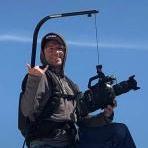
Sony PMW-F3 with 2500 hours on it. Should I buy it?
TheRenaissanceMan reacted to Geoff CB for a topic
1 point



